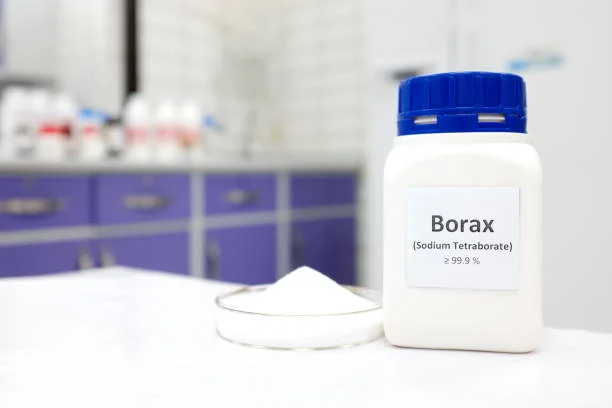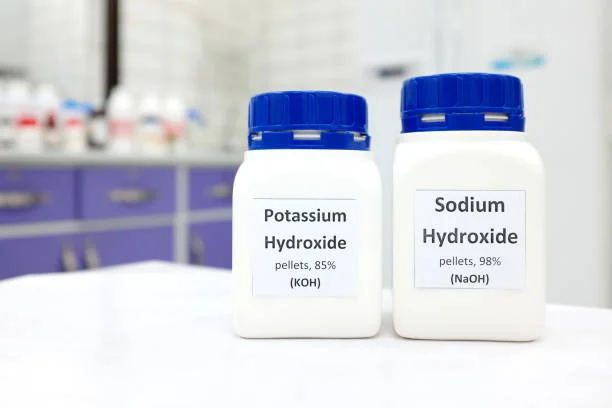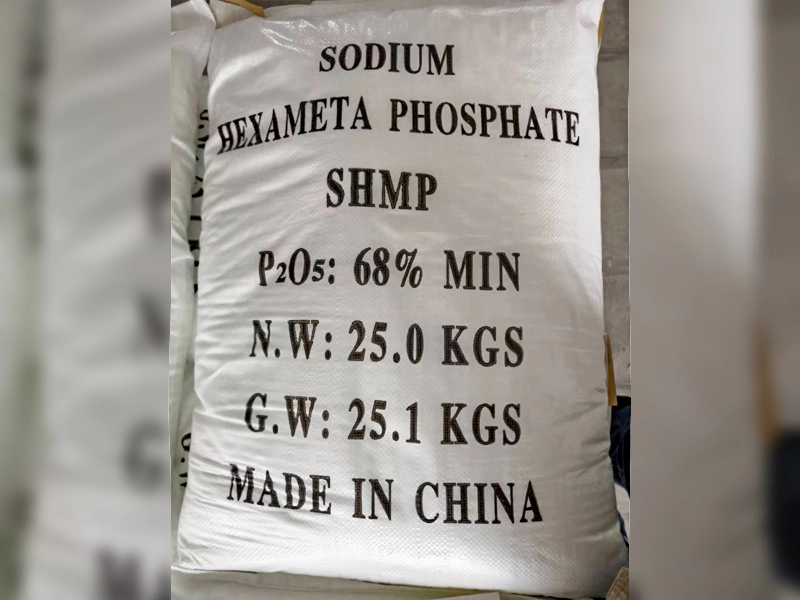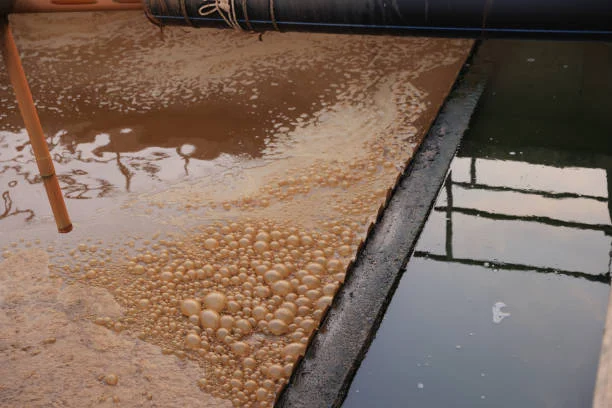Sodium cyanide is a highly controversial chemical compound that has garnered attention due to its dual nature as both a useful industrial agent and a potential environmental hazard. This compound exists in two primary forms: liquid and solid. However, for economic and packaging reasons, solid Sodium cyanide is the most commonly utilized form in various industries, particularly in mining and chemical manufacturing.
The Nature of Sodium Cyanide
Sodium cyanide (NaCN) is a white, water-soluble salt that is primarily used in the extraction of gold and silver from ores. Its effectiveness in separating precious metals from their ores makes it a valuable resource in the mining industry. However, Sodium Cyanide is also notorious for its toxicity. The compound is only dangerous when it comes into contact with water, as it can produce highly toxic gases, including hydrogen cyanide (HCN). This reaction poses significant risks to both human health and the environment.
At a temperature of 30 degrees Celsius, approximately 1 kg of water can dissolve about 0.4 kg of solid sodium cyanide. This high solubility means that even small amounts of sodium cyanide can lead to dangerous concentrations in water sources, particularly if not managed properly.
Health Implications
The human body does not exhibit immediate symptoms upon exposure to sodium cyanide unless it comes into direct contact with the substance. In cases where individuals are exposed to slightly elevated levels of sodium cyanide, they may experience mild symptoms such as choking or respiratory discomfort. However, these symptoms are often not severe enough to warrant immediate medical attention, leading to a false sense of security regarding the compound's dangers.
It is crucial to understand that sodium cyanide is a potent poison. Ingesting or inhaling even small amounts can lead to serious health consequences, including respiratory failure, cardiac arrest, and even death. Therefore, stringent safety measures must be in place to prevent exposure, particularly in industrial settings where sodium cyanide is used.
Environmental Concerns
Recent reports have indicated that small amounts of sodium cyanide may have inadvertently entered sewage treatment pools, primarily due to the runoff from firefighting efforts. This has raised alarms among environmentalists and public health officials, as the cyanide content in these water sources has been found to be slightly above the standard safety levels.
In response to these concerns, professionals in environmental management are taking proactive measures to address the potential contamination. One of the primary strategies involves excavating soil that may contain sodium cyanide and recycling it to prevent further environmental degradation. This process is critical to ensure that no contaminated soil is left untreated, which could lead to long-term ecological damage.
Remediation Efforts
The next phase of remediation involves spraying hydrogen peroxide on areas where sodium cyanide has been detected. Hydrogen peroxide is a strong oxidizing agent that can effectively neutralize sodium cyanide, converting it into less harmful substances. This method is particularly effective in eliminating missed pollution sources, as it helps to break down the cyanide compound into non-toxic byproducts.
The use of hydrogen peroxide in this context is a testament to the importance of employing safe and effective chemical treatments in environmental remediation. By neutralizing sodium cyanide, authorities can mitigate the risks associated with its presence in the environment, protecting both public health and local ecosystems.
Conclusion
Sodium cyanide is a compound that embodies the duality of industrial utility and environmental risk. While it plays a crucial role in the extraction of precious metals, its potential dangers cannot be overlooked. The recent incidents of sodium cyanide contamination in sewage treatment pools highlight the need for vigilant monitoring and management of this hazardous substance.
As professionals work diligently to excavate contaminated soil and neutralize sodium cyanide with hydrogen peroxide, it is essential for industries and regulatory bodies to prioritize safety and environmental stewardship. By implementing robust safety protocols and remediation strategies, we can harness the benefits of sodium cyanide while minimizing its risks to human health and the environment.
In summary, understanding the properties, risks, and management strategies associated with sodium cyanide is vital for ensuring a safe and sustainable industrial landscape. As we move forward, continued research and innovation in chemical safety and environmental protection will be key to addressing the challenges posed by this complex compound.
- Random Content
- Hot content
- Hot review content
- Sodium Ethyl Xanthate 90% SEX
- High Quality Sodium silicate 99% Water glass
- The Essential Guide to Sodium Cyanide: Usage Cases and Sourcing
- Industrial Grade Sodium Metabisulfite 96.5%
- Shock Tube Detonator
- Sodium Peroxide
- Potassium borohydride
- 1Discounted Sodium Cyanide (CAS: 143-33-9) for Mining - High Quality & Competitive Pricing
- 2China's New Regulations on Sodium Cyanide Exports and Guidance for International Buyers
- 3Sodium Cyanide 98% CAS 143-33-9 gold dressing agent Essential for Mining and Chemical Industries
- 4International Cyanide(Sodium cyanide) Management Code - Gold Mine Acceptance Standards
- 5China factory Sulfuric Acid 98%
- 6Anhydrous Oxalic acid 99.6% Industrial Grade
- 7Oxalic acid for mining 99.6%
- 1Sodium Cyanide 98% CAS 143-33-9 gold dressing agent Essential for Mining and Chemical Industries
- 2High Quality 99% Purity of Cyanuric chloride ISO 9001:2005 REACH Verified Producer
- 3Zinc chloride ZnCl2 for High Molecular Weight Polymers Initiator
- 4High Purity · Stable Performance · Higher Recovery — sodium cyanide for modern gold leaching
- 5High Quality Sodium Ferrocyanide / Sodium Hexacyanoferr
- 6Gold Ore Dressing Agent Safe Gold Extracting Agent Replace Sodium Cyanide
- 7Sodium Cyanide 98%+ CAS 143-33-9











Online message consultation
Add comment: